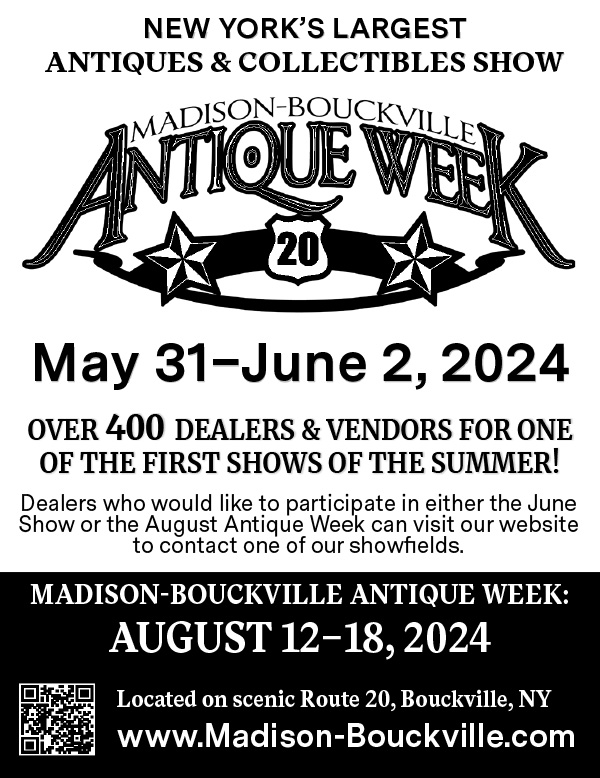In the last issue readers went on a wild goose chase to find the “jumps” or continuation of articles on page eight. Instead they found a second page seven. As much as we liked page seven, the replacement of page eight was not intended! So, in this issue the complete articles that had intended to be continued have been reprinted.
In the printing process things do go wrong. After nearly 60 years involved with printing and publishing, starting with “printing shop” in industrial arts and the high school newspaper, I’ve seen most of what goes wrong. Technology played a role in the error in the last issue. There was a problem in transmitting the pages via internet to the printer. So that was a new one.
In the more romantic era of printing there were many terms, most of which aren’t heard much today. One of my summer jobs while in college was as a printer’s devil in a commercial magazine printing company. Of course, I wasn’t called that term for a young apprentice in a print shop. I wasn’t even called a flyboy, which was the job for the low-level printer who took printed sheets from the end of the press. I was a “junior helper.” I like the older terms better. As the printer’s devil, the pressman would send me off on wild goose chases looking for non-existent left-handed torque wrenches and similar tasks.
I try not to get worked-up over things I cannot control, like pages floating around in the ether and landing where they don’t belong, courtesy of a blip in the internet transmission. I wonder if the term work-up has its roots in printing history. A work-up in letterpress printing is a space that slowly works up from its appropriate level until it becomes inked and prints between words as a square. The same sometimes happens when a letter rises. In that case, the letter typically embosses the sheet and looks bold. Maybe it’s making a statement of independence. Or maybe the printer didn’t “lock up” the form well. In case you can’t sleep without knowing, the appropriate level for type is 0.918 inches (type high), for letterpress printing.
As time marched on, the work-up of one letter or space was eliminated by a wonderful device known as the Linotype. The keyboard (not your average qwerty keyboard) dispatched brass “mats” of letters to be cast in an entire line. Of course, there’s plenty of jargon around the line casting machines. One that has stuck is the “hellbox.” To do its work the Linotype melted lead (and small amounts of other metals) to cast the line from the mats. Because much of what was produced on a Linotype was for one-time use (as in newspapers), the “slugs,” or cast lines, could be melted and the lead used again. The repository for the discards was the hellbox where the operator could grab some used metal and throw it in the “pot” on the machine to be heated to about 500 degrees.
Printing technology has eliminated many problems and created some new ones. In a nod to tradition (or perhaps being behind the times) I took a required course in “hand set typography” in college. To the amusement of my classmates, many of whom grew up in their family printing businesses, the first thing I did was pi the type. That, for civilians, is spilling the individual letters.




